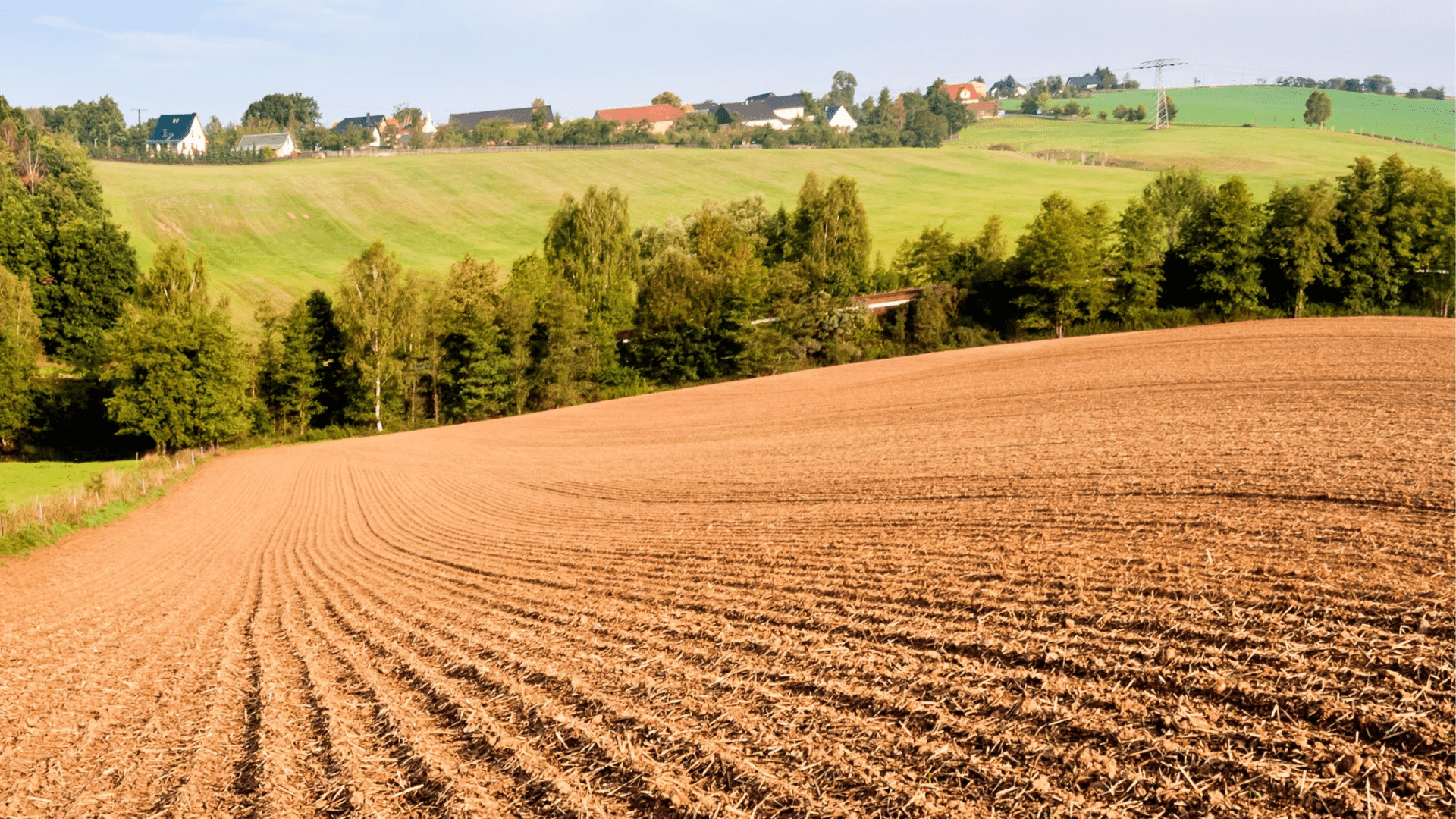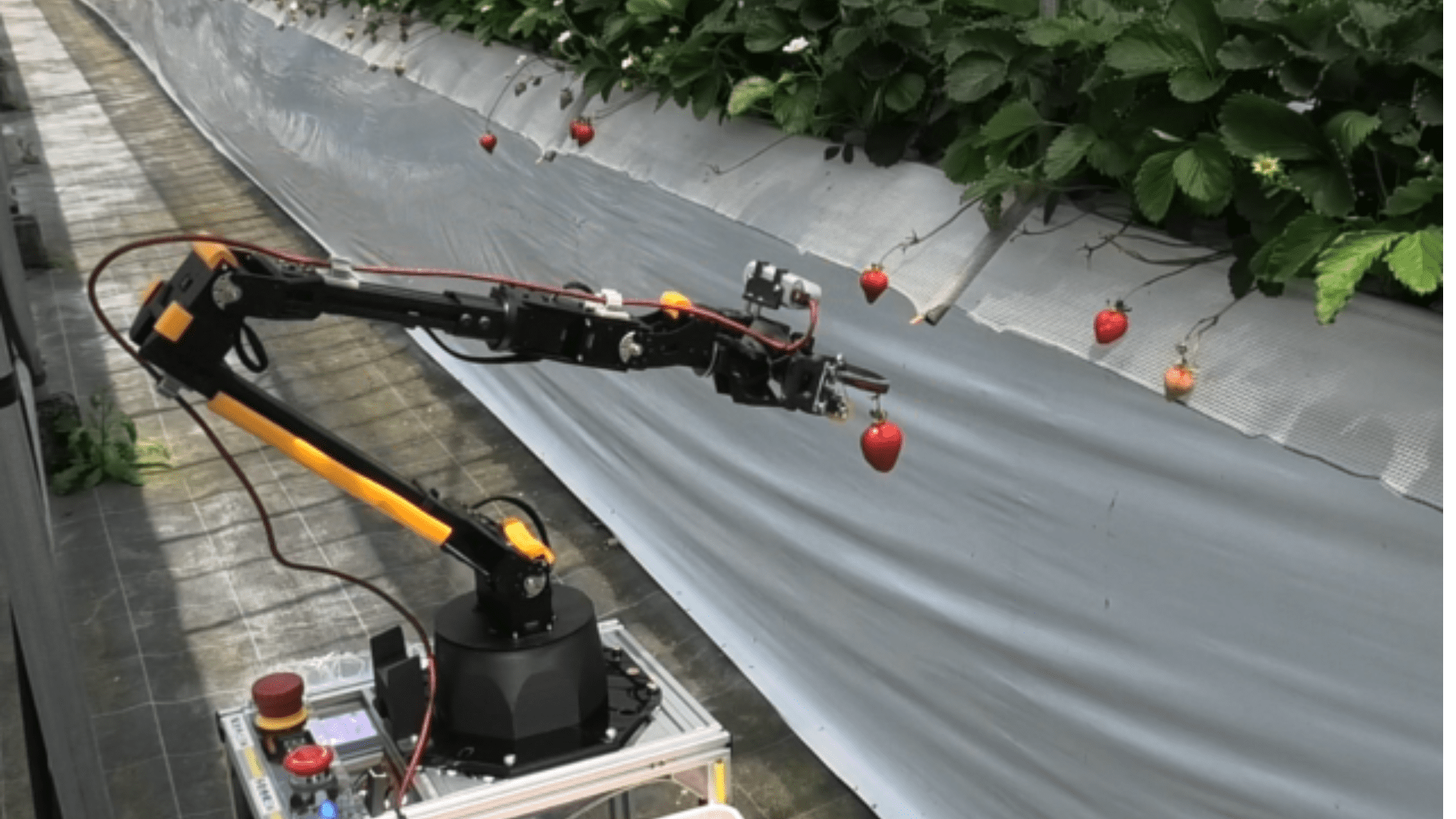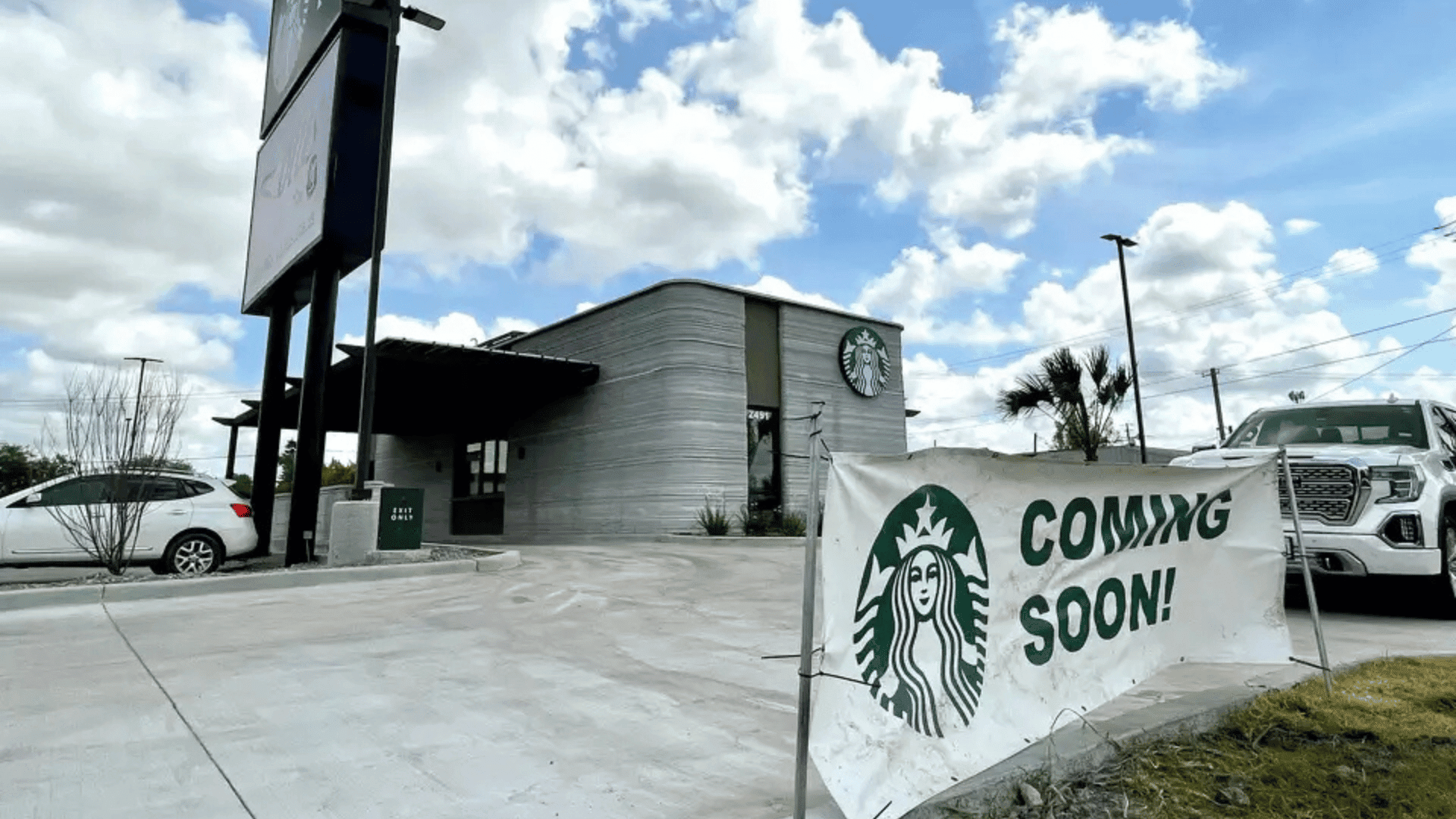Tackling climate change is a growing priority as carbon levels continue to increase. Finding strategies to capture and hold carbon is at the top of the list for industries. Researchers from Kansas State University are exploring how different farming strategies impact the amount of carbon stored in the soil.
Storing Carbon

Using the Canadian Light Source (CLS) at the University of Saskatchewan (USask) and the Advanced Light Source in Berkeley, California, they analyzed soil from a cornfield in Kansas that had been farmed with no tilling for the past 22 years. During that time, the farm used a variety of soil management practices, including no fertilizer, chemical fertilizer, and manure/compost fertilizer.
“We were trying to understand what the mechanisms are behind increasing soil carbon storage using certain management practices,” said Dr. Ganga Hettiarachchi, professor of soil and environmental chemistry at Kansas State University. “We were looking at not just soil carbon, but other soil minerals that are going to help store carbon.”
The Kansas State researchers discovered that soil treated with manure or compost fertilizer stored more carbon than soil with chemical fertilizer or no fertilizer. Hettiarachchi said the exciting part was how the ultrabright synchrotron light enabled them to see how much carbon gets stored. They discovered that carbon is preserved in pores, and some carbon attaches itself to minerals in the soil.
In addition, the team discovered that the soil treated with manure or compost contained more microbial carbon, which indicates that the enhancements support more microorganisms and their activities in the soil.
Natural State

Hettiarachchi said, “To my knowledge, this is the first direct evidence of mechanisms through which organic enhancements improve soil health, microbial diversity, and carbon sequestration.” Because synchrotron imaging is nondestructive, the researchers could observe what’s happening in soil clumps without breaking them apart. As a result, they were capable of studying carbon chemistry in its natural state.
“Collectively, studies like this are going to help us to move forward to more sustainable, more regenerative agriculture practices that will protect our soils and environment as well as help feed growing populations,” said Hettiarachchi. “As well, understanding the role of the different minerals, chemicals, and microbes involved will help improve models for predicting how different farming practices affect soil carbon storage.”







